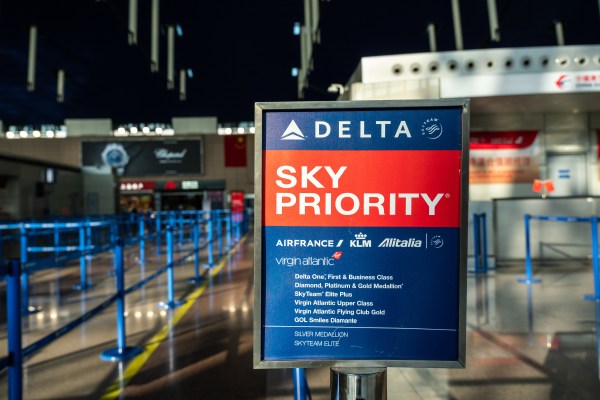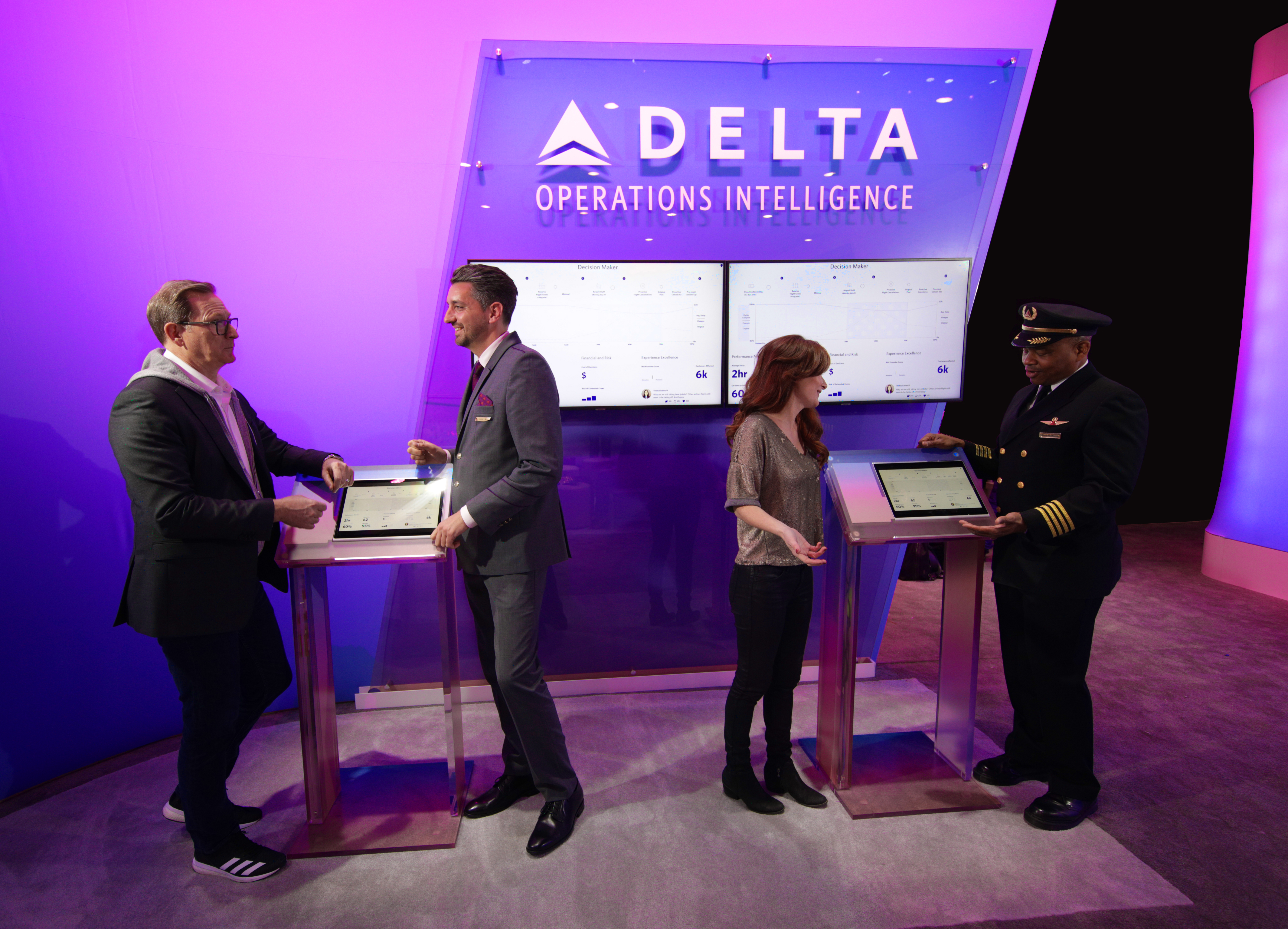Delta Air Lines, in its first-ever keynote at CES, today announced a new AI-driven system that will help it make smarter decisions when the weather turns tough and its finely tuned operations get out of whack. In a first for the passenger airline industry, the company built a full-scale digital simulation of its operations that its new system can then use to suggest the best way to handle a given situation with the fewest possible disruptions for passengers.
It’s no secret that the logistics of running an airline are incredibly complex, even on the best of days. On days with bad weather, that means airline staff must figure out how to swap airplanes between routes to keep schedules on track, ensure that flight crews are available and within their FAA duty time regulations and that passengers can make their connections.
“Our customers expect us to get them to their destinations safely and on time, in good weather and bad,” said Erik Snell, Delta’s senior vice president of its Operations & Customer Center. “That’s why we’re adding a machine learning platform to our array of behind-the-scenes tools so that the more than 80,000 people of Delta can even more quickly and effectively solve problems, even in the most challenging situations.”
With ConnectionSaver, United recently launched a tool that helps ground staff make the right decisions to hold planes at the gate for a few minutes to allow all passengers to make tight connections when things go awry. Delta’s new tools take this a step further, though, by modeling all of the company’s operations.
The new platform will go online in the spring of this year, the company says, and, like most of today’s AI systems, will get smarter over time as it is fed more real-world data. Thanks to the included simulation of Delta’s operations, it’ll also include a post-mortem tool to help staff look at which decisions could have resulted in better outcomes.


